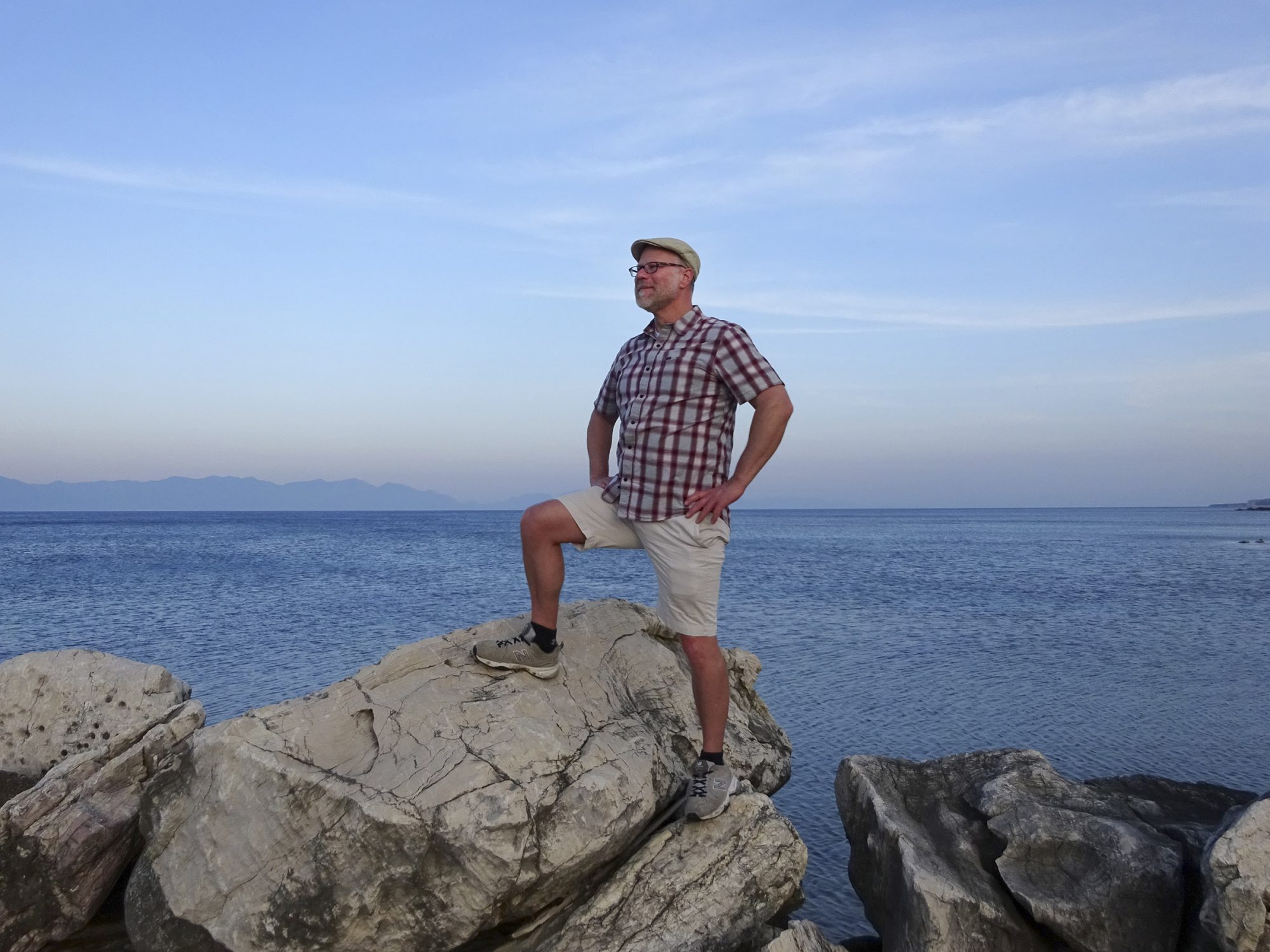
I spent my entire Sunday on my little butt in the glorious Paramount Theater in Oakland, watching the 6-1/2 hour Napoléon, by Abel Gance. Made in 1927, it’s a grand silent epic about Napoléon’s early years, from but a wee snowball-hurling laddy, to his triumphant campaign in Italy. The first two hours and the last hour were the most thrilling moments that I’ve ever spent in a theater. Gance employs hand-held camera shots, enormous close-ups, point-of-view shots, an underwater sequence, superimposition, split screen, double exposures, film tints, mosaic shots, lightning fast cutting… The middle three hours or so tested my theater knee, but with just enough moments of dazzling brilliance and ibuprofen to get me through. And Artaud plays Marat, his death staged after the David painting!

The first sequence opens with Napoléon as a child, a very serious child, playing in the snow with his school chums. They’re engaged in a very serious snow ball fight, Napoléon and his little friends outnumbered 10 to 40 by the rival hurlers. It’s one of the great battle scenes on film. The camera is constantly moving—you’re in the middle of the snowball battle!—kids frantically flailing about, snowballs and kids crashing into the camera, but the camera settling down only on Little Napoléon’s steadfast seriousness, his visage filling the frame. The cutting is frantic, rapid, at times images flooding past too quickly to grasp, just emotion-inducing impressions.
There’s one scene around the middle of the film, when Napoléon’s a little older. He’s on his home turf, Corsica, the French Revolution is going on, chaos. He’s in a tavern, and all of the various factions seeking control of Corsica are getting all activated, “Corsica belongs to the British! Death to Napoléon!” “Corsica belongs to Italy! Death to Napoléon!” and on and on. Napoléon stares them down, “Our fatherland is France! …with me!” The camera goes back and forth from Napoléon’s big face, illuminated gorgeously from behind by the setting sun, to the yelling factions, shielding their eyes, blinded and seduced by him.
There are so many many scenes like this, some calm, framed almost like tableaux, others visceral, the camera probing and roving. For the final hour-long sequence, presented in “Polyvision,” curtains on either side of the screen slide back, revealing two more screens, tripling the size of the viewing plane. He uses this space in probably as many ways as you could imagine, ways that were not utilized until Cinemascope in the 50s and only recently in artists’ video installations. There are scenes where the images on all three screens come together in a nearly seamless panorama, the foreground and background utilized dynamically, with horses and soldiers traversing diagonally across the screens. Other sequences are presented with a single image of Napoléon in the center, his advancing troops marching towards the camera on the adjacent screens. Sometimes the flanking images are flipped, sometimes there are three different sequences playing at once, one close up, the other a landscape, yet another an eagle, a zealous admirer. It builds and builds, the cutting getting faster and faster, until in the final few moments the left screen is tinted blue, the center white, the right, red, as in the French flag, with an explosion of such amazingly beautiful imagery that flies past, eventually settling on Napoléon’s face, so heroic and magnificent. The images flood past so quickly, the effect is like an enormous waving flag. I started crying, I was so overwhelmed by the emotional and visual weight. And this was supposed to have been the first of six films! Even I can’t imagine that much stimulation.
